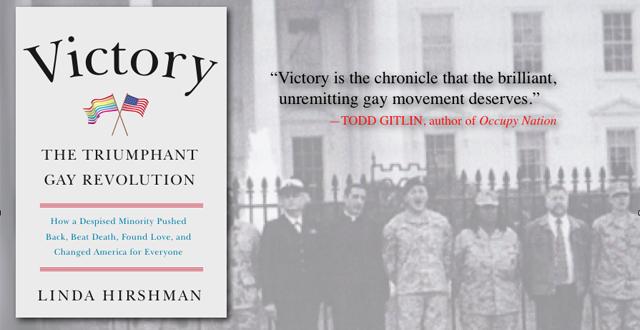
Linda Hirshman penned Victory: The Triumphant Gay Revolution: How a Despised Minority Pushed Back Beat Death, Found Love, and Changed America for Everyone in 2012, and it was named one of the 100 Notable Books by the New York Times Book Review that same year. In it, Hirshman asserts that the roots of the Lesbian and Gay Civil Rights Movement began in the 1920s when gay men moved en masse to urban centers. During this time, areas like LaFayette Square in Washington DC emerged as locales for gay men to meet one another. She also highlights YMCA houses as central headquarters for gay life (2). As more men met, communities were established. While community building may not be a contemporary way to think of activism, these networks were essential in paving the way to the collective political force that the lesbian and gay communities are today. “Gay is Good” Hirshman claims that “homosexuals” were a despised minority, so the creation of gay spaces enabled members to begin to accept themselves and forge a collective identity. She further notes that the tag line “gay is good” was central to the movement because it helped to legitimize gay identities. She ties these concepts to the “new social-movement” theory, which asserts the idea that movements are launched because people identify as members of a group and work toward gaining equality for their counterparts even if the strides do not directly benefit them. According to Hirshman, the Lesbian and Gay Civil Rights Movement follows this model. After she traces the conception of the community, she outlines the collective recognition of their oppression. From there, she explores the radicalization of the community. Later, she details historic moments that are central to our history including the Stonewall Riots, the AIDS epidemic, and attempts to gain marriage and military equality. She also documents what she calls the “new-media gay revolution.” Throughout the text, she uncovers compelling personal accounts that vitalize a history that has been largely undocumented. These stories help to shape a collective queer history, one wherein community played a central role. Conclusion Hirshman’s background as a Supreme Court lawyer, political pundit, and author enable her to provide a comprehensive overview while recounting this history in vivid and easy-to-understand narrative. If you are looking for a compelling yet succinct history of the same-sex struggle for equality in the United States, this book is an excellent choice.
For the past twelve years, Robin Petrovic has been teaching English Composition, Literature, and Gender & Women Studies at the University of Illinois at Chicago, where she infuses Queer Theory into all of her courses. In 2011, Petrovic co-founded Gay4Good: Chicago, an inclusive LGBT volunteer organization that donates its time to social welfare and environmental service projects. She is a former literature blogger for IntraSpectrum Counseling.
IntraSpectrum Counseling is Chicago’s leading psychotherapy practice dedicated to the LGBTQ+ community, and we strive to provide the highest quality mental health care for multicultural, kink, polyamorous, and intersectional issues. For anyone needing affirming and validating support in their healing, please click here or email us at help@intraspectrum-chicago.com.


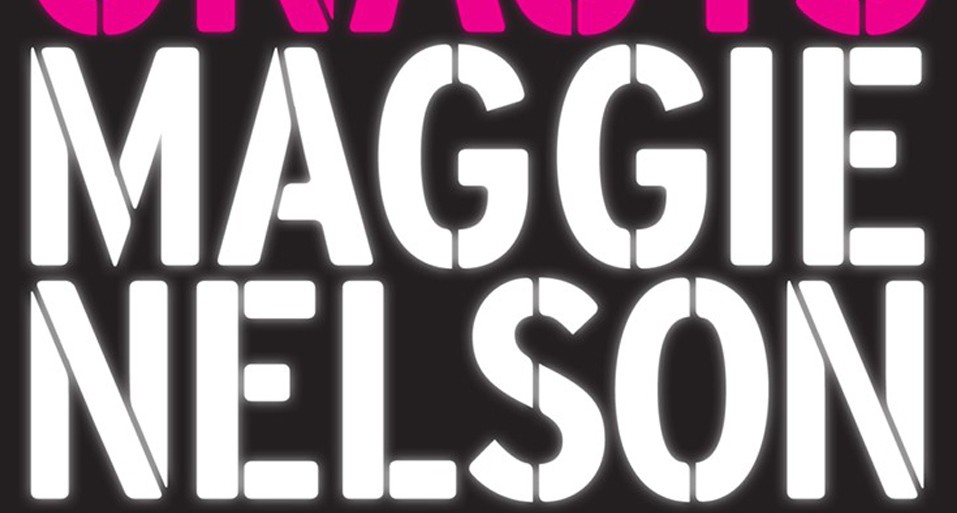
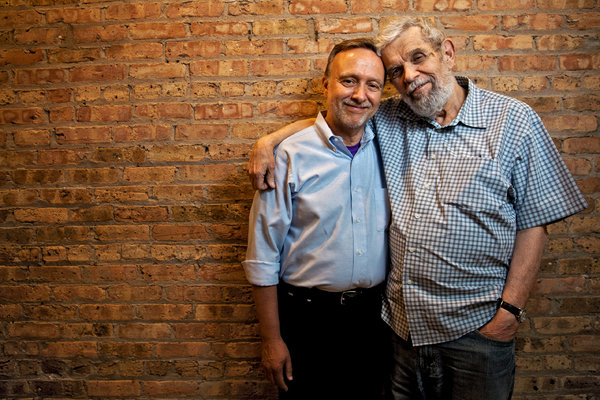
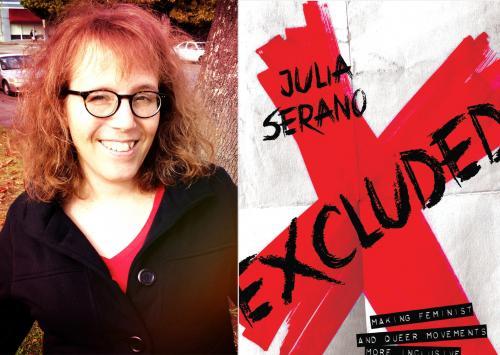
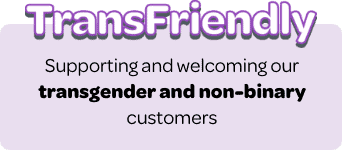
 Today, July 26th, is National Disability Independence Day. This annual commemoration marks the day in 1990 when the Americans with Disabilities Act (ADA) was signed into law. The ADA enshrined several crucial civil rights protections for individuals with disabilities, but it still falls short of its intended goals after over 30 years on the books.
Today, July 26th, is National Disability Independence Day. This annual commemoration marks the day in 1990 when the Americans with Disabilities Act (ADA) was signed into law. The ADA enshrined several crucial civil rights protections for individuals with disabilities, but it still falls short of its intended goals after over 30 years on the books.